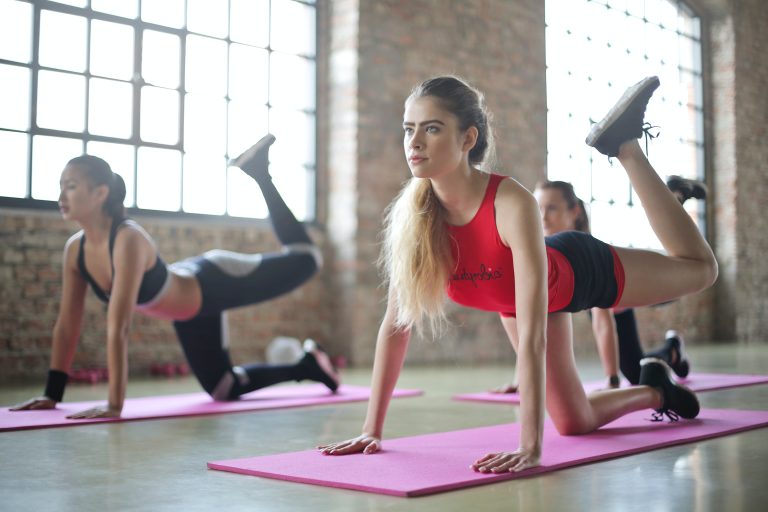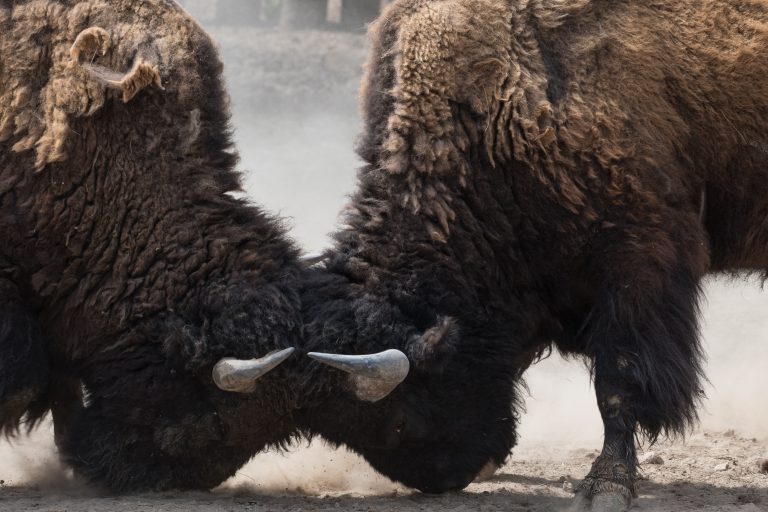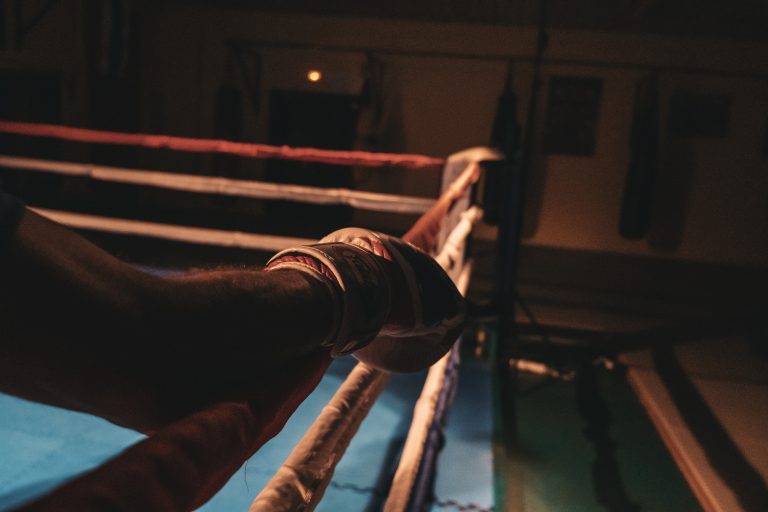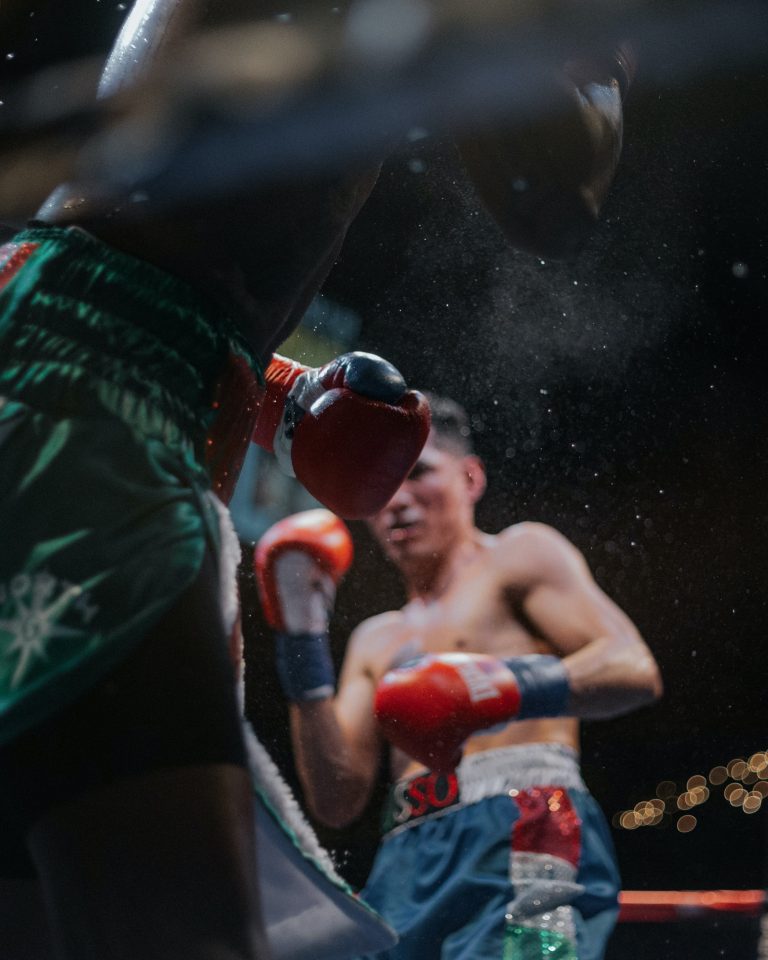Karate Basics: How to Learn the Right Attitude and Breathing
Karate is a martial art that has been around for centuries. It has gained popularity all over the world and is known for its striking techniques, grappling, and self-defense methods. However, the key to becoming successful in karate lies not only in mastering the techniques but also in adopting the right attitude and breathing. In this blog post, we will take a closer look at how to learn the right attitude and breathing for karate.
The Right Attitude
As in any martial art, the right attitude is of utmost importance in karate. The right attitude can help you build confidence, self-discipline, and mental toughness. Here are some tips on how to learn the right attitude for karate:
Respect
Respect is an essential aspect of karate. Respect should not only be shown to your instructor or sensei but also to your fellow students and opponents. When you show respect, you create an environment of trust, and this facilitates learning.
Perseverance
Karate is not an easy martial art to learn. It requires a lot of hard work, dedication, and patience. You should not give up easily when you encounter challenges. Instead, you need to persevere until you master the techniques.
Humility
Humility is another crucial aspect of the right attitude. When you are humble, you are open to learning from your instructors and fellow students. You also recognize that there is always room for improvement, and you strive to get better every day.
The Right Breathing
Proper breathing is essential in karate. When you breathe correctly, you can execute techniques more effectively and also become more relaxed. Here are some tips on how to learn the right breathing for karate:
Diaphragmatic Breathing
The diaphragm is a muscle located below the lungs that helps in breathing. When you breathe in karate, you should use diaphragmatic breathing. This type of breathing helps in increasing the volume of air in the lungs, and it also helps in controlling your breathing.
Kiai
Kiai is a Japanese term that means “spirit shout.” It is a shout that is made during karate techniques. Kiai helps in increasing your power, focus, and breathing. When you make a kiai, you should exhale breath from your diaphragm.
Relaxed Breathing
Finally, you need to learn how to breathe in a relaxed manner. When you are tense, your breathing becomes shallow, and this can affect your performance. You need to learn how to relax and breathe deeply to improve your karate techniques.
Conclusion
In conclusion, the right attitude and breathing are essential in learning karate. You need to adopt the right attitude, which includes respect, perseverance, and humility. You also need to learn the right breathing techniques, such as diaphragmatic breathing, kiai, and relaxed breathing. By applying these tips in your karate training, you can improve your techniques and become a better martial artist.
Karate Basics: How to Learn the Right Attitude and Breathing
Karate is a traditional Japanese martial art that is widely practiced around the world. Apart from self-defense, practicing karate can also help in boosting confidence, increasing focus, and improving overall physical fitness. However, to reap the benefits of karate, one must master the basics, including the right attitude and breathing techniques. In this blog post, we will address some of the most frequently asked questions about the fundamental aspects of karate.
What is the Right Attitude in Karate?
The right attitude in karate is a combination of mental and emotional aspects. It involves the willingness to learn, to challenge oneself and to never give up. In karate, the practitioner should always have a respectful and humble attitude towards their instructor, seniors, fellow practitioners, and even the art itself. This is because karate philosophy emphasizes character building qualities such as discipline, respect, and self-control.
In addition to these attributes, a karate practitioner should also possess an indomitable spirit. This means that they should have mental fortitude, perseverance, and the determination to overcome any obstacle, both in the dojo and in life. A karate practitioner with the right attitude is not afraid to fail, but rather sees each failure as an opportunity to learn, grow, and improve.
Why is Breathing Important in Karate?
Breathing is an essential aspect of karate training. Proper breathing techniques can help in regulating the practitioner’s heart rate, blood pressure, and oxygen intake. In karate, breathing also plays a crucial role in maximizing the power and effectiveness of the techniques.
Karate practitioners use two types of breathing techniques, namely, Shallow and Deep breathing. Shallow breathing involves quick inhalation and exhalation through the mouth and is used in shorter, explosive techniques like punches and kicks. On the other hand, deep breathing involves inhaling through the nose and exhaling through the mouth in a slower and controlled manner. This type of breathing is used in longer, endurance-based techniques like katas (pre-arranged sequences of movements).
How Do I Learn to Breathe Correctly in Karate?
Learning the correct breathing technique in karate requires patience and practice. Practitioners typically begin by focusing on their natural breathing pattern, trying to use both the nose and mouth, before gradually progressing to the more advanced techniques.
One way to learn correct breathing techniques is by doing breathing exercises like the ‘Sanchin Breathing Technique’. In this technique, the practitioner stands in a specific posture and inhales deeply, then exhales gradually while contracting their abdominals. This technique helps in improving lung capacity, strengthening the muscles used in breathing, and regulating the heart rate.
What Should I Keep in Mind While Practicing Karate?
There are a few things to keep in mind while practicing karate:
– First and foremost, always maintain a respectful and humble attitude towards the art, the instructors, and fellow practitioners.
– Pay attention to proper breathing techniques, as it can enhance the effectiveness and power of the techniques you perform.
– Always practice under the guidance of a certified instructor or sensei.
– Focus on mastering the basics, as they are the foundation for the more advanced techniques.
– Develop a habit of training with discipline and consistency, as it is an essential aspect of progressing in karate.
– Finally, remember to enjoy the learning process and have fun while practicing, as it can motivate you to keep going and achieve your goals.
Conclusion
In conclusion, karate is an art that requires a combination of physical and mental attributes, including the right attitude and breathing techniques. Practicing karate can help in building character, improving physical fitness and self-confidence. The right attitude in karate involves respect, humility, perseverance, and indomitable spirit, while proper breathing techniques can help in maximizing the power and effectiveness of the techniques. By following the tips and advice shared in this article, you can enhance your karate practice, achieve your goals and enjoy the learning process.
Inhaltsverzeichnis





